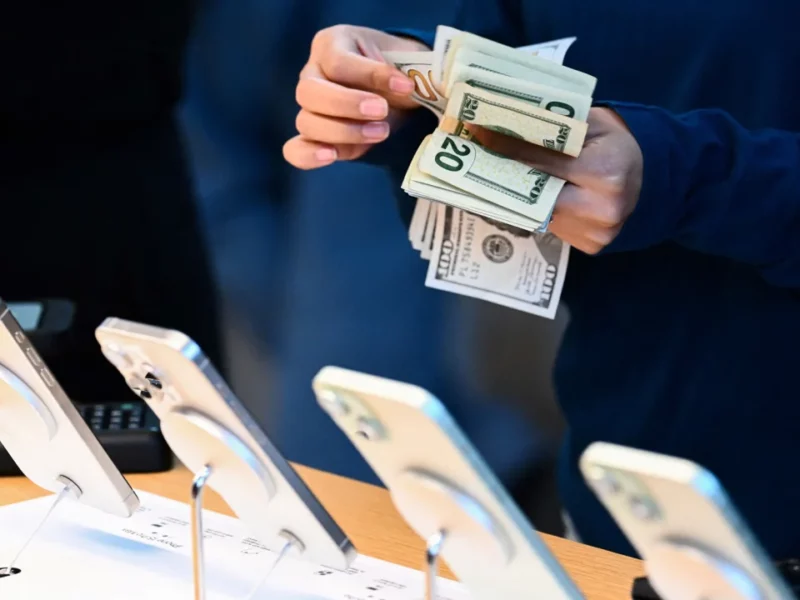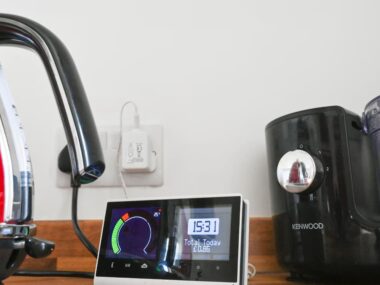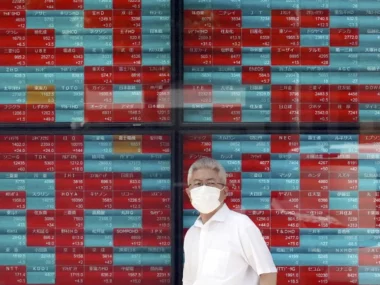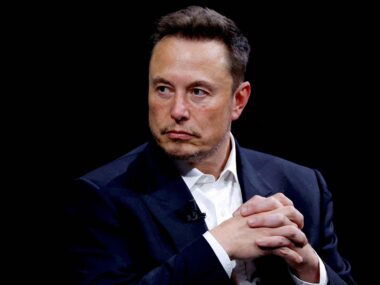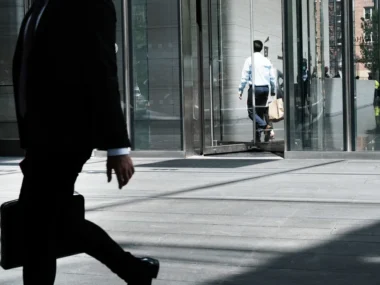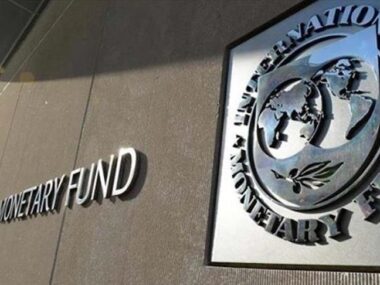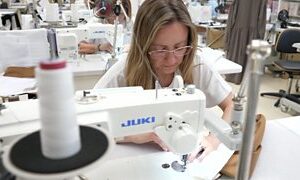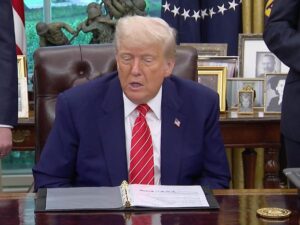The US economy displayed even greater strength in the third quarter than previously reported, highlighting its impressive resilience despite elevated inflation and high borrowing costs earlier in the year.
According to the Commerce Department’s second estimate released on Wednesday, Gross Domestic Product (GDP), the comprehensive gauge of economic performance, increased at an annualized rate of 5.2% during the period from July to September. GDP figures are adjusted for inflation and seasonal variations.
This latest reading for Wednesday indicates a more rapid rate of growth compared to the initially estimated 4.9%, and it incorporates increased business investments, government spending, residential investments, and inventory expansion.
Nonresidential fixed investment, which represents business spending, has been adjusted upwards to show growth of 1.3% in the third quarter, a significant improvement from the previously reported decline of 0.1%. Additionally, residential investment, typically indicating conditions in the housing sector, was substantially revised upwards to 6.2%, compared to the initial estimate of 3.9%.
On the other hand, consumer spending, a key driver of the American economy, was adjusted slightly downward to 3.6% from the initial estimate of 4%. Nevertheless, this still represents a robust pace of growth in consumer spending.
There are concerns about a potential economic slowdown on the horizon.
Following a strong third quarter, there is a widespread expectation that the US economy will experience significantly slower growth in the remaining months of the year. This is primarily due to a reduction in pandemic-related savings and the fact that interest rates are currently at their highest levels in 22 years.
However, it’s worth noting that consumer spending appears to be robust at the moment, with record-setting Black Friday and Cyber Monday sales this year, as reported by Adobe Analytics.
It’s anticipated that the spending in the fourth quarter won’t maintain the same high level of activity. There were signs of this in October when retail sales declined by 0.1%, marking the first decrease in seven months compared to the previous month, September.
Additionally, business surveys conducted by the Institute for Supply Management indicated a slowdown in economic activity in both the services and manufacturing sectors last month. The job market, which plays a pivotal role in determining spending trends, has also shown signs of cooling off, with employers adding 150,000 jobs in the past month, falling short of expectations and down from the gain of 297,000 jobs recorded in September.
Real-time estimates of fourth-quarter GDP growth are also suggesting a slower pace of expansion. The Atlanta Fed, for instance, is currently projecting a fourth-quarter GDP growth rate of 2.1% on an annualized basis.
Gregory Daco, the chief economist at EY-Parthenon, cautioned that despite evidence of economic strength over the summer, assuming a strong trajectory for the economy would be misleading, as it is not currently the case.
The outlook suggests that we can expect more challenging economic conditions ahead. Factors such as cost fatigue, where people perceive that the cost of everything is higher than it was before the pandemic, increasing debt servicing obligations, and a slowdown in job growth are likely to have a dampening effect on both consumers’ and businesses’ willingness and capacity to spend and invest.
It’s probable that the Federal Reserve will opt for another pause.
The Federal Reserve seems likely to keep interest rates on hold for the third consecutive meeting next month, according to recent hints from central bank officials. Investors are also overwhelmingly betting on a third pause.
Fed officials pay close attention to various facets of the US economy when deliberating monetary policy, including growth.
“In summary, it appears that the growth of output is moderating, as I had anticipated, which supports the ongoing progress in managing inflation,” noted Fed Governor Christopher Waller during an event hosted by the American Enterprise Institute on Tuesday.
Waller, a prominent figure at the Federal Reserve who has often advocated for a robust approach to combating inflation, expressed growing confidence that current policy measures are well-suited to slow down economic activity and bring inflation back to the Fed’s 2% target.
While it’s likely that the Fed will maintain interest rates at a 22-year high during its December 12-13 policy meeting, some officials still believe there is room for further rate increases. Fed Governor Michelle Bowman, known for her hawkish stance, mentioned at an event in Salt Lake City on Tuesday that she anticipates the need for additional increases in the federal funds rate to ensure that monetary policy remains sufficiently restrictive in order to achieve the 2% inflation target within an appropriate timeframe. She cited the risk that the descent of inflation might stall as a reason for this stance.

